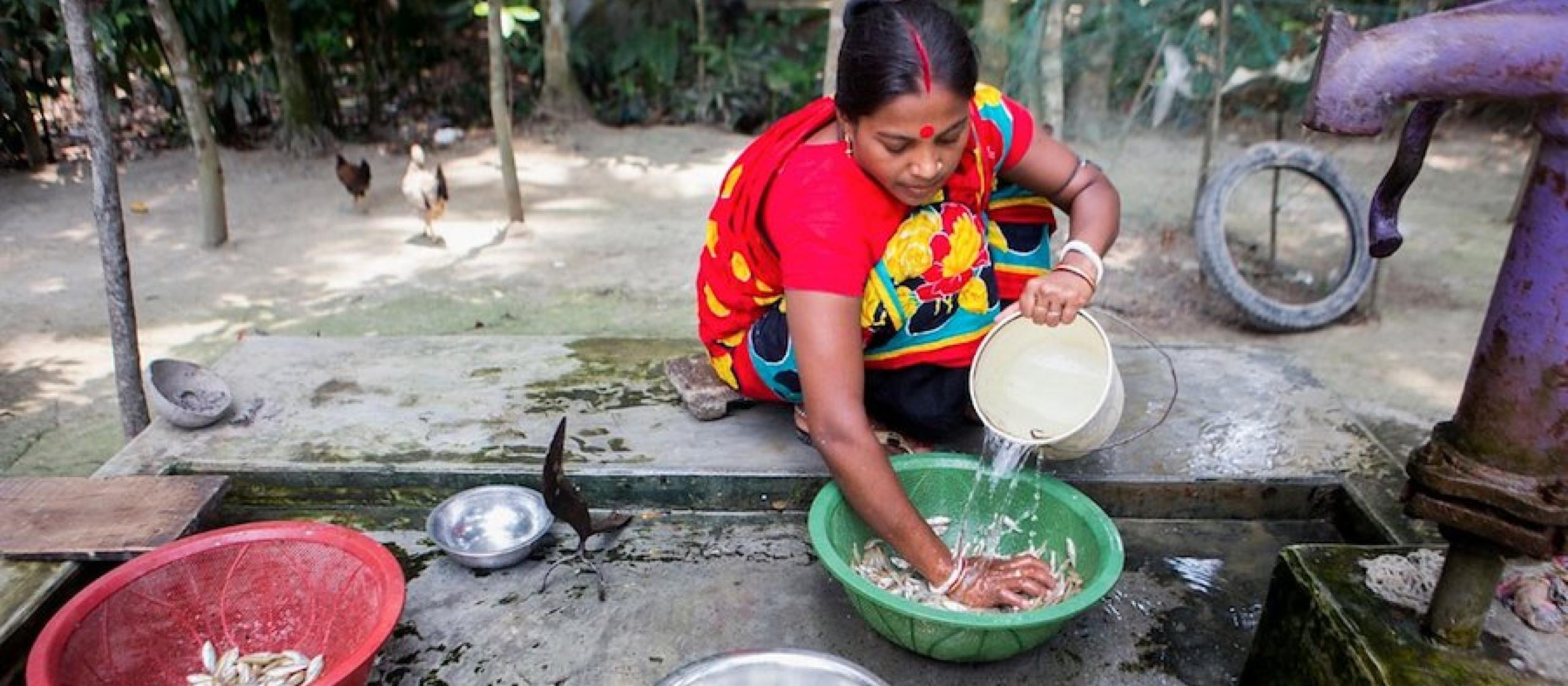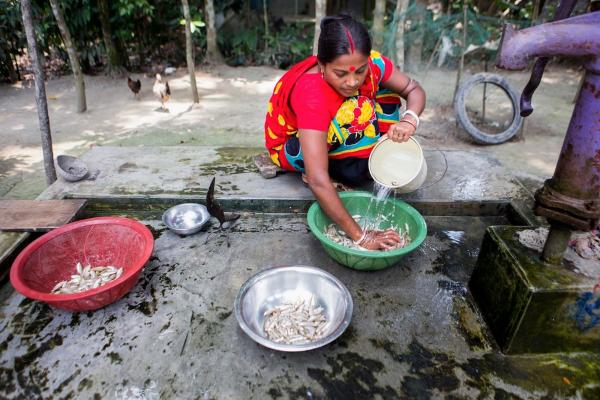- HomeHome
-
About ACIAR
- Our work
- Our people
-
Corporate information
- ACIAR Audit Committee
- Commission for International Agricultural Research
- Policy Advisory Council
- Agency reviews
- Executive remuneration disclosure
- Freedom of information (FOI)
- Gifts and benefits register
- Information publication scheme
- List of new agency files
- Contracts
- Legal services expenditure
- Privacy impact assessment register
- Commonwealth Child Safe Framework
- Benefits to Australia
- Careers
- 40 years of ACIAR
-
What we do
- Programs
- Cross-cutting areas
- Resources
- Where we work
-
Funding
- Research projects
- Fellowships
-
Scholarships
- John Allwright FellowshipScholarships to study in Australia for ACIAR partner country scientists to have Australian postgraduate qualifications
- ACIAR Pacific Agriculture Scholarships and Support and Climate Resilience Program
- Alumni Research Support Facility
- Publications
- News and Outreach
Date released
23 January 2019
Thirty-six per cent of Bangladeshi children are chronically stunted and consume poor-quality diets with insufficient quantities of vitamin A, iron, zinc and other nutrients. A WorldFish project, Aquaculture for Income and Nutrition, aims to help turn that around. Dr Jessica Bogard, Nutritional Systems Scientist with the CSIRO and Dr Shamia Chowdhury, Nutrition Specialist with WorldFish, told the conference that, alongside rice, fish is a central element in the Bangladeshi diet.
However, fish is often beyond the reach of poor Bangladeshis, who eat it infrequently and in relatively small quantities. The project therefore focused on aquaculture, including small indigenous species along with large fish. This offered the dual benefit of income generation from selling large fish and increasing availability of nutrient-rich small fish for household consumption.
While capture fisheries, chiefly men’s work, have stagnated in Bangladesh over the past 10 years, aquaculture has seen rapid growth. ‘In 1984, aquaculture production in Bangladesh was around 0.1 million tonnes; by 2014, that had grown to nearly 2 million tonnes,’ the pair told the conference. This growth now makes Bangladesh the world’s fifth-largest producer of aquaculture products.
Bogard and Chowdhury said the project addressed the issue of the nutritional quality of aquaculture species, rather than the previous focus on producing quantity. Nutritional value varies greatly across fish species. While species may have similar protein levels, they vary greatly in their micronutrient levels. ‘In general, nonfarmed species (particularly small indigenous fish) were more nutritious than commonly farmed species,’ they said. The project focused on farming small indigenous fish species such as mola, which is packed with micronutrients.
The project also promoted the role of women in aquaculture: they are often the ones who manage and clean the ponds, farm and catch the small fish, and importantly, do the cooking. In parallel, the program also fostered the growing of vegetables, such as the vitamin A-rich orange sweetpotato, around the banks of the ponds to encourage dietary diversity and supplement the micronutrients in the small indigenous fish.
The project included nutrition education for all household members, focusing on essential nutrition and hygiene. Cooking demonstrations were particularly effective in communicating simple strategies for improving the nutritional quality of complementary foods for infants and young children.
The project saw large increases in nutrient-rich small fish production, Bogard and Chowdhury told the conference. ‘There was a 3.5-fold increase in total fish production in household ponds,’ they said, ‘with an even larger increase in nutritional yields’.
The dietary quality and diversity of families in the program improved markedly. They had a ready supply of the nutrient-rich mola, as well as the tubers and leaves of the sweetpotato and other vegetables grown on the pond banks.
Families that adopted the small fish polyculture system consumed fish more regularly and in greater quantities than those adopting the large fish only system. Families in the program ate 72% of the small fish they farmed and sold the remainder. Selling the excess fish and vegetables at the market, and making and selling the gill nets used to catch the small fish, generated extra income for the family. Many families reported they spent this extra income on education for their children.
The project adopted a whole-of-family approach, engaging both women and men in decision-making and sharing the workload. Women were empowered through their roles as promoters of the nutrition-sensitive production system in the community, reporting a sense of pride and a greater role in family decision-making.
This integrated approach to aquaculture demonstrated numerous benefits for nutrition, gender equity, income and livelihoods in Bangladesh.





